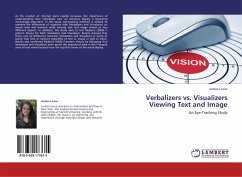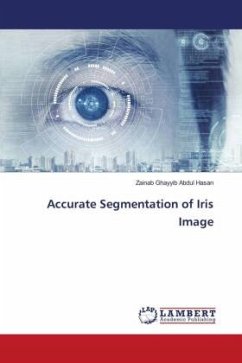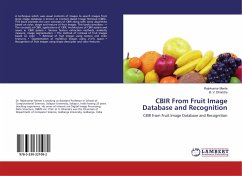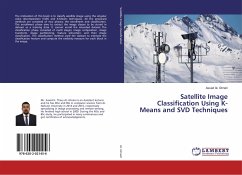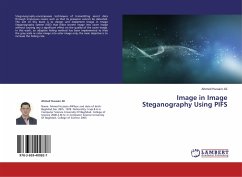As the number of Internet users rapidly increases, the importance of understanding how individuals view an interface display is becoming increasingly important. In this study, eye-tracking software is utilized to examine the differences of cognitive style (Verbalizers and Visualizers) on search time and memory while viewing text and image stimuli of two different layouts. In addition, this study aims to test Nielsen's (2006) F-pattern theory for both Verbalizers and Visualizers. Results showed that there was no difference between Verbalizers and Visualizers in terms of search task time or memory regardless of text vs. image or grid vs. block. Results also confirmed Nielsen's (2006) F-pattern theory by indicating that Verbalizers and Visualizers both spend the majority of time in the F-shaped zone of text stimuli located near the top left corner of the visual display.

